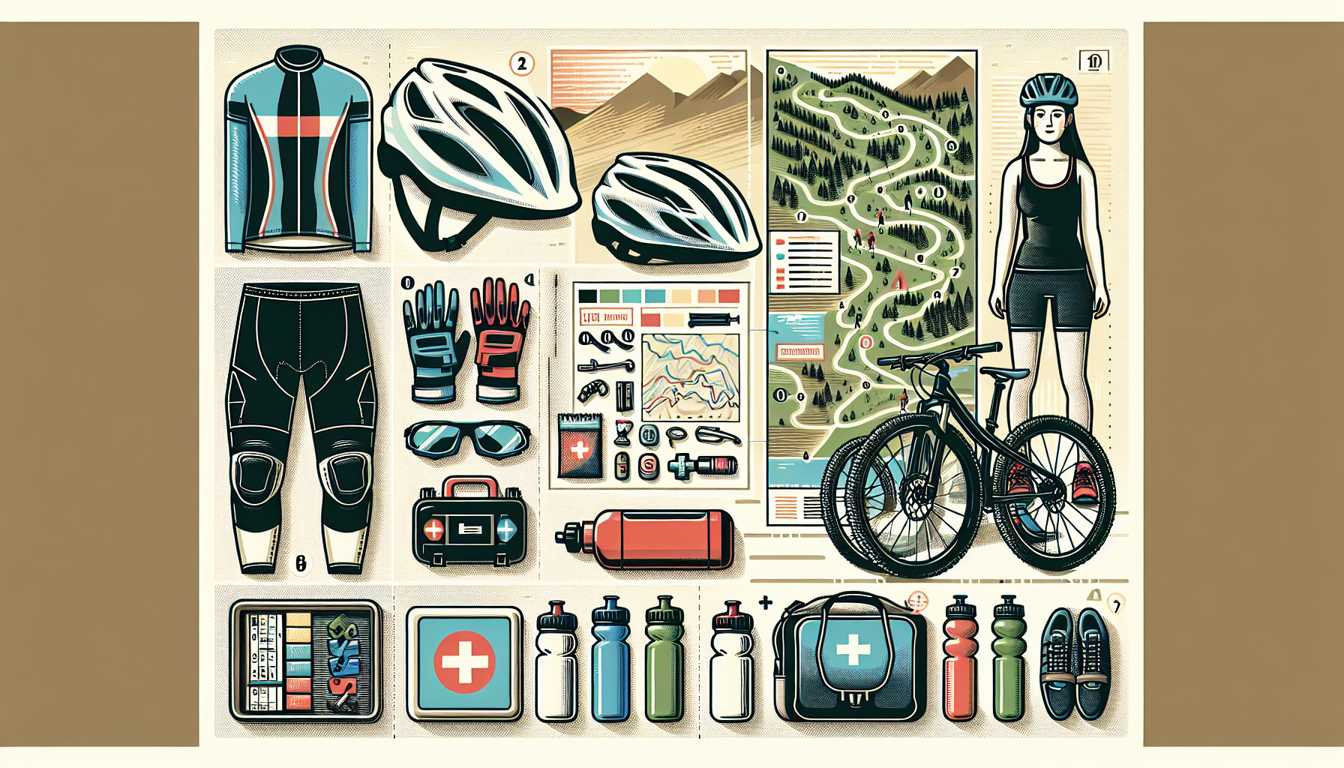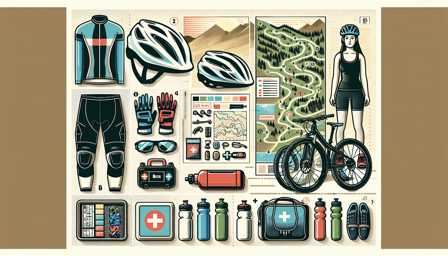
Mountain Biking 101: Gear, Trails, and Tips for Beginners
Mountain biking offers an exhilarating way to explore nature while getting a great workout. If you're new to the sport, it might seem daunting at first, with its specialized gear, diverse trails, and unique set of skills. However, with the right preparation and knowledge, you can hit the trails with confidence. This guide will cover essential gear, trail recommendations, and tips to help beginners start their mountain biking adventure.
Gear: What You Need to Get Started
Bike
The most important piece of equipment is, of course, the bike. There are several types of mountain bikes, including cross-country (XC), trail, all-mountain, and downhill. For beginners, a trail bike is often recommended due to its versatility. It's capable of handling a variety of terrains and conditions, which is perfect for those still exploring their preferences. The Trek Fuel EX and Specialized Stumpjumper are two popular models that offer a good balance of efficiency, suspension, and durability for new riders.
Helmet
Safety should be your top priority, making a good helmet a must-have. Look for helmets that are specifically designed for mountain biking, as they offer better coverage and protection for the back of your head than road biking helmets. Models like the Giro Chronicle MIPS and Bell Super 3R MIPS come with additional safety features such as the Multi-Directional Impact Protection System (MIPS), which can provide extra protection in the event of a crash.
Clothing and Protective Gear
Wear comfortable, breathable clothing that can wick away sweat. Padded shorts can make long rides more comfortable, and gloves can protect your hands and improve grip. Depending on the terrain and your comfort level, you might also consider knee pads, elbow pads, and even body armor for more technical or downhill trails. Brands like Fox and POC offer a range of protective gear designed for all levels of mountain biking.
Tools and Accessories
A basic toolkit is essential for on-the-trail repairs. This should include a multi-tool with hex wrenches, a tire lever, a mini pump, and a patch kit or spare tube. It's also a good idea to carry a hydration pack or water bottle to stay hydrated, and a small backpack or bike bag to hold your tools, snacks, and any extra layers.
Trails: Finding the Right Path
Beginner-Friendly Trails
Start with trails rated as "green" or "blue" to match your skill level. These trails are designed with beginners in mind, offering a mix of manageable terrains, gentle slopes, and fewer technical obstacles. Websites like Trailforks and MTB Project can help you find trails in your area and provide difficulty ratings, user reviews, and detailed descriptions.
Local Parks and Recreation Areas
Many communities have local parks or recreation areas with mountain biking trails. These can be great places to start, as they often have a range of trails and provide a controlled environment to practice. Don't hesitate to ask local bike shops or mountain biking clubs for recommendations; they can offer valuable insights into the best beginner-friendly trails in your area.
Tips for Beginners
Learn Basic Maintenance and Repair Skills
Knowing how to perform basic maintenance and repairs can save you a lot of trouble on the trails. Familiarize yourself with how to fix a flat tire, adjust your brakes, and clean and lubricate your chain. Many bike shops offer workshops for beginners, which can be a great way to learn these skills.
Practice Essential Riding Techniques
Mountain biking requires a unique set of skills, such as navigating obstacles, cornering, and managing steep descents. Practice these skills in a safe, controlled environment before hitting challenging trails. Pay attention to your body position—keeping your weight centered over the bike, using your legs as shock absorbers, and looking ahead to plan your line through obstacles.
Join a Group or Club
Riding with a group or joining a mountain biking club can be incredibly beneficial. Not only will you meet fellow enthusiasts, but you'll also learn from more experienced riders. They can offer advice, show you the ropes on local trails, and provide encouragement as you develop your skills.
Respect the Trail and Other Users
Follow the principles of Leave No Trace and trail etiquette. Stay on marked trails, yield to other trail users (especially hikers and equestrian riders), and pack out what you pack in. Respecting the environment and other users ensures that the trails remain enjoyable and accessible for everyone.
Conclusion
Mountain biking is a rewarding sport that offers endless adventure and challenges. With the right gear, knowledge of where to ride, and a solid foundation of skills, beginners can safely and confidently explore the trails. Remember, every expert rider was once a beginner, so don't be afraid to start small, ask questions, and most importantly, enjoy the ride.



